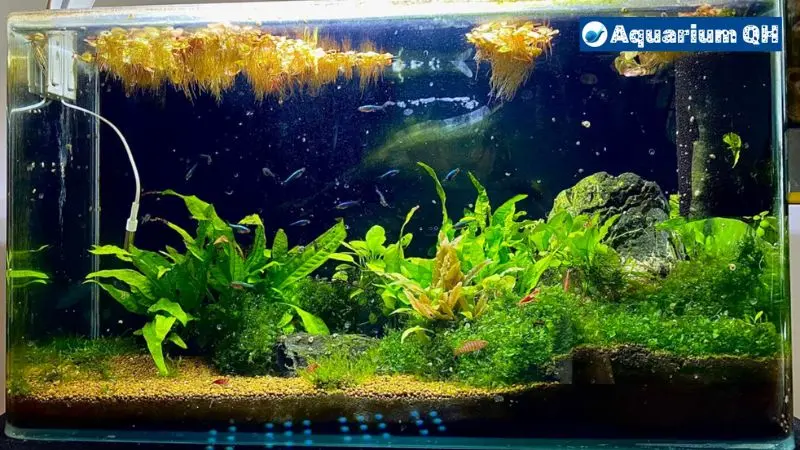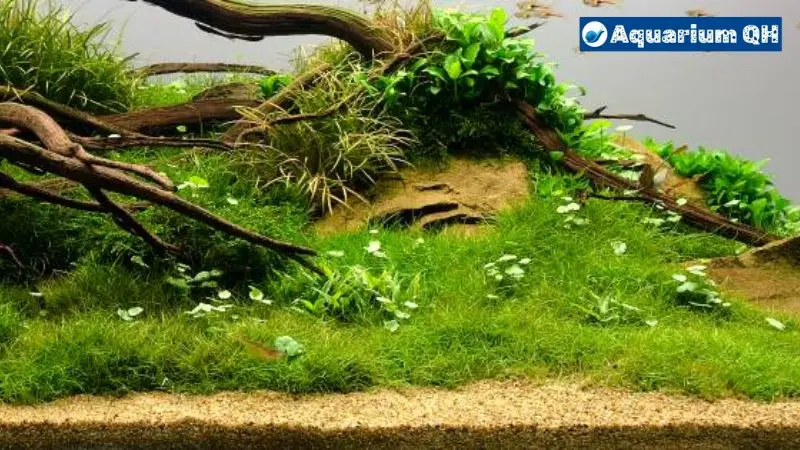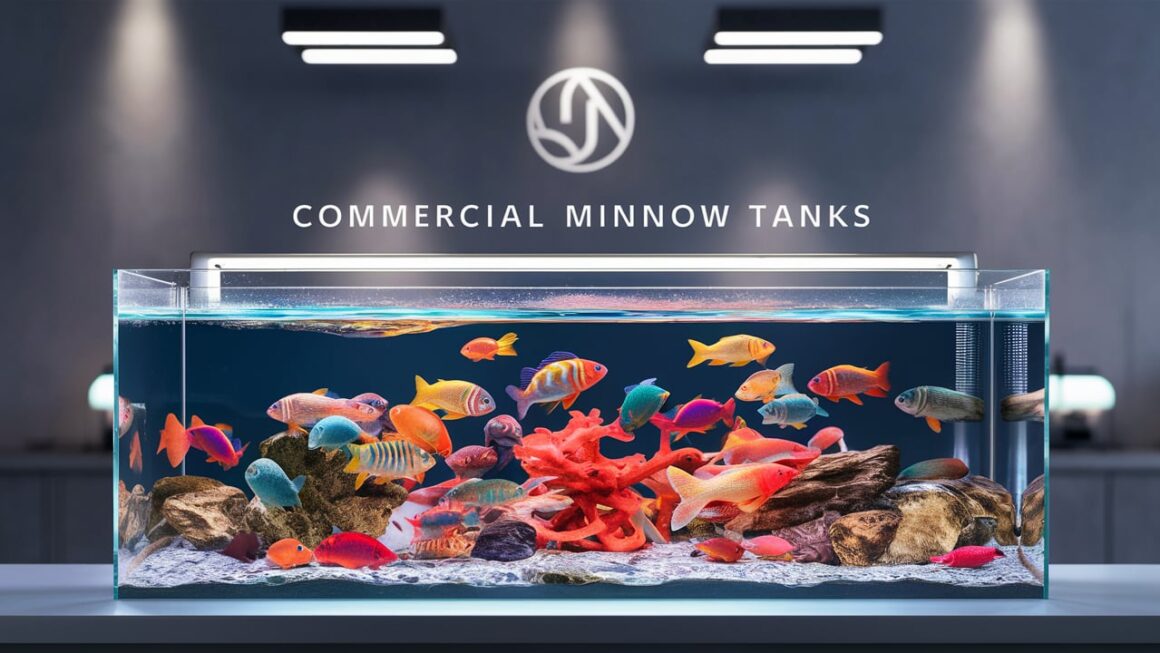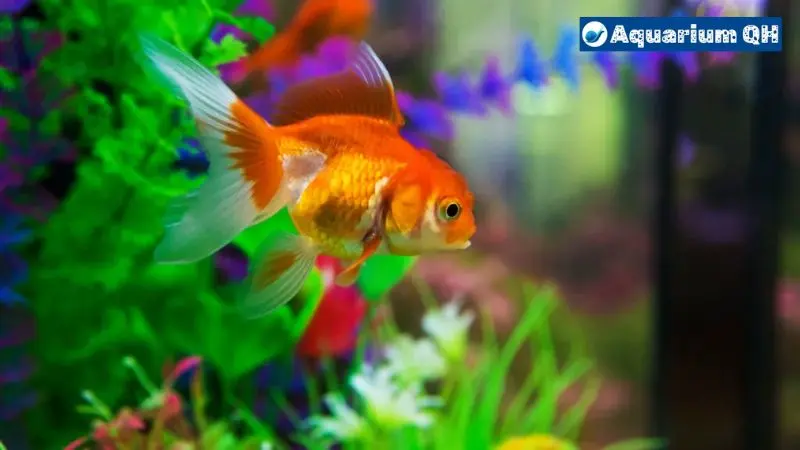Potting soil isn’t just for potted plants. It can also play a vital role in maintaining a healthy and thriving aquarium ecosystem. In this article, we’ll explore the ins and outs of using potting soil in aquariums, from its benefits to the precautions you need to take.
Introduction to Potting Soil

Potting soil is a mixture of organic materials such as peat moss, compost, and perlite, designed to provide plants with essential nutrients and aeration. While traditionally used in gardening, it has found its way into the realm of aquascaping due to its rich nutrient content.
Why Use Potting Soil in Aquariums?
Using potting soil in aquariums offers several advantages. Firstly, it provides a nutrient-rich substrate for aquatic plants, promoting healthy growth and vibrant colors. Additionally, potting soil helps maintain water stability by buffering pH levels and reducing fluctuations.
Choosing the Right Potting Soil
When selecting potting soil for your aquarium, it’s crucial to opt for a product that is free from harmful additives such as fertilizers or pesticides. Look for organic potting soil brands that are specifically labeled as safe for aquatic use.
Preparing Potting Soil for Aquarium Use

Before adding potting soil to your aquarium, it’s essential to prepare it properly to prevent cloudiness and water contamination. Rinse the soil thoroughly to remove excess debris and organic matter, and soak it overnight to eliminate any residual chemicals.
Layering Potting Soil in the Aquarium
Proper layering of potting soil is key to creating a stable substrate for your aquatic plants. Begin by adding a layer of aquarium gravel or sand to the bottom of the tank to prevent soil from escaping. Then, carefully spread a thin layer of potting soil over the substrate, ensuring an even distribution.
Cycling the Aquarium
Cycling the aquarium is a crucial step in establishing a healthy environment for your aquatic plants and fish. Allow the tank to run for several weeks before adding any livestock, allowing beneficial bacteria to colonize and break down organic waste.
Monitoring Water Parameters
Regular monitoring of water parameters such as pH, ammonia, nitrite, and nitrate levels is essential for ensuring the health and well-being of your aquarium inhabitants. Invest in a reliable test kit and perform weekly water tests to detect any imbalances promptly.
Planting in Potting Soil
When planting in potting soil, gently press the roots of your aquatic plants into the substrate, being careful not to disturb the soil layer. Trim any excess foliage and remove any dead or decaying plant material to prevent nutrient buildup and algae growth.
Potential Risks and Precautions
While potting soil can provide numerous benefits to your aquarium, it also carries certain risks. Be wary of potential contaminants such as pesticides or heavy metals, and conduct thorough research before purchasing any potting soil products.
Maintaining the Aquarium

Regular maintenance is essential for keeping your aquarium clean and healthy. Perform weekly water changes, prune overgrown plants, and remove any debris or uneaten food from the tank to prevent ammonia spikes and algae outbreaks.
Troubleshooting Common Issues
Despite your best efforts, you may encounter issues such as algae overgrowth or nutrient deficiencies in your aquarium. Identify the root cause of the problem and take appropriate measures, such as adjusting lighting levels or supplementing with liquid fertilizers.
Alternatives to Potting Soil
While potting soil is a popular choice for aquascaping enthusiasts, there are alternative substrate options available, such as aquarium gravel, sand, or specialized aquatic soil blends. Consider your specific needs and preferences when selecting the right substrate for your aquarium.
Community Feedback and Experiences
Engage with the aquascaping community to learn from their experiences and gather valuable insights. Join online forums, attend local meetups, and participate in workshops to expand your knowledge and connect with like-minded hobbyists.
Conclusion
In conclusion, potting soil can be a valuable asset in creating a lush and vibrant aquarium ecosystem. By understanding its role and following best practices for use, you can enjoy a thriving underwater garden teeming with life and beauty. Please continue to follow Aquarium to find out interesting information
FAQs (Frequently Asked Questions)
- Can I use regular potting soil from my garden in my aquarium? It’s not recommended, as garden soil may contain harmful chemicals or contaminants.
- How often should I replace the potting soil in my aquarium? Potting soil typically lasts for several years before needing to be replaced, but monitor water parameters regularly for any signs of deterioration.
- Will potting soil make my aquarium water cloudy? Properly rinsing and preparing the potting soil should minimize cloudiness, but temporary clouding may occur during the initial setup phase.
- Can I use potting soil in a freshwater or saltwater aquarium? Potting soil is suitable for use in freshwater aquariums but may not be compatible with saltwater environments.
- Are there any plants that don’t do well in potting soil? While most aquatic plants thrive in potting soil, some species may prefer alternative substrates such as sand or gravel. Research the specific requirements of your plants before planting.




